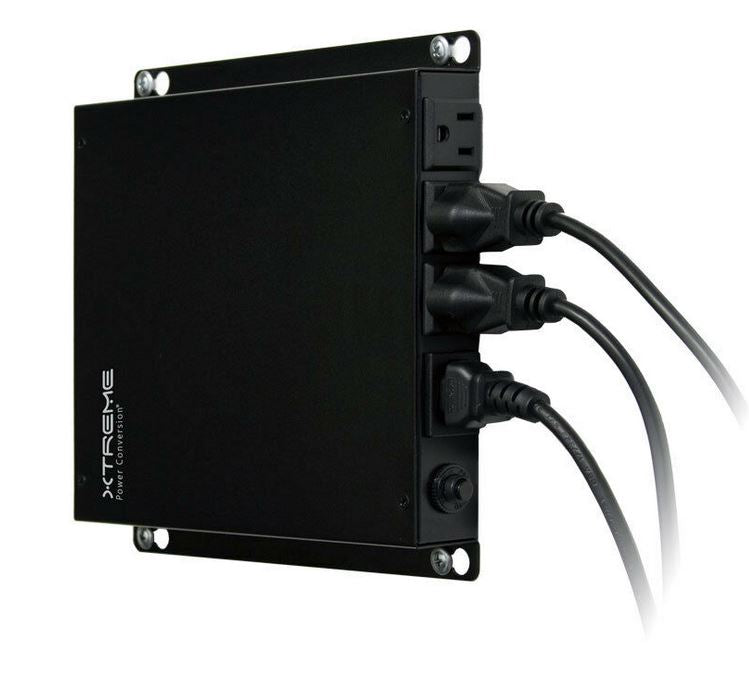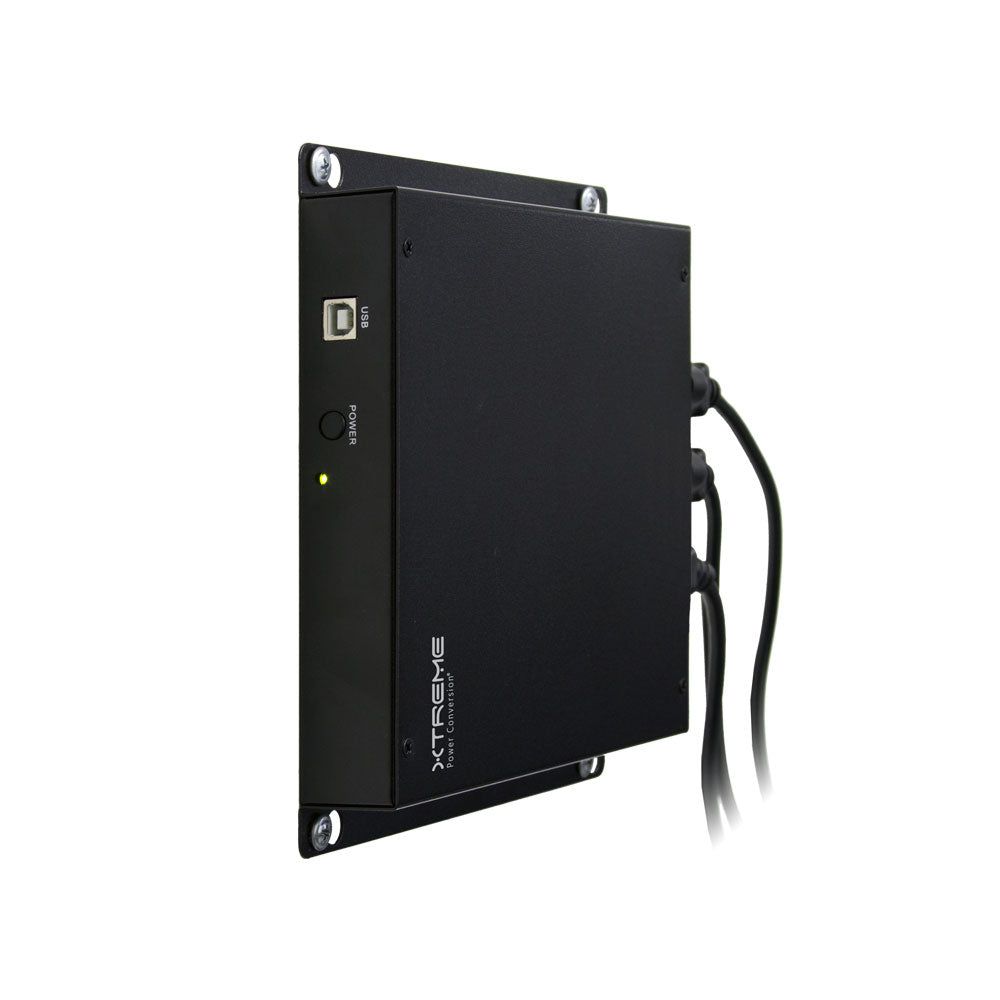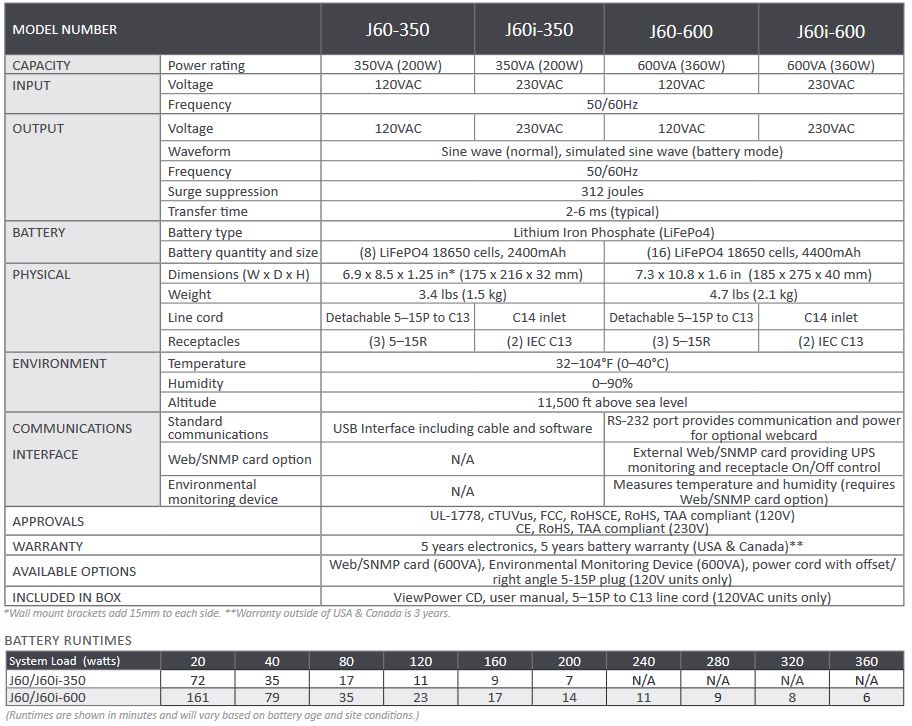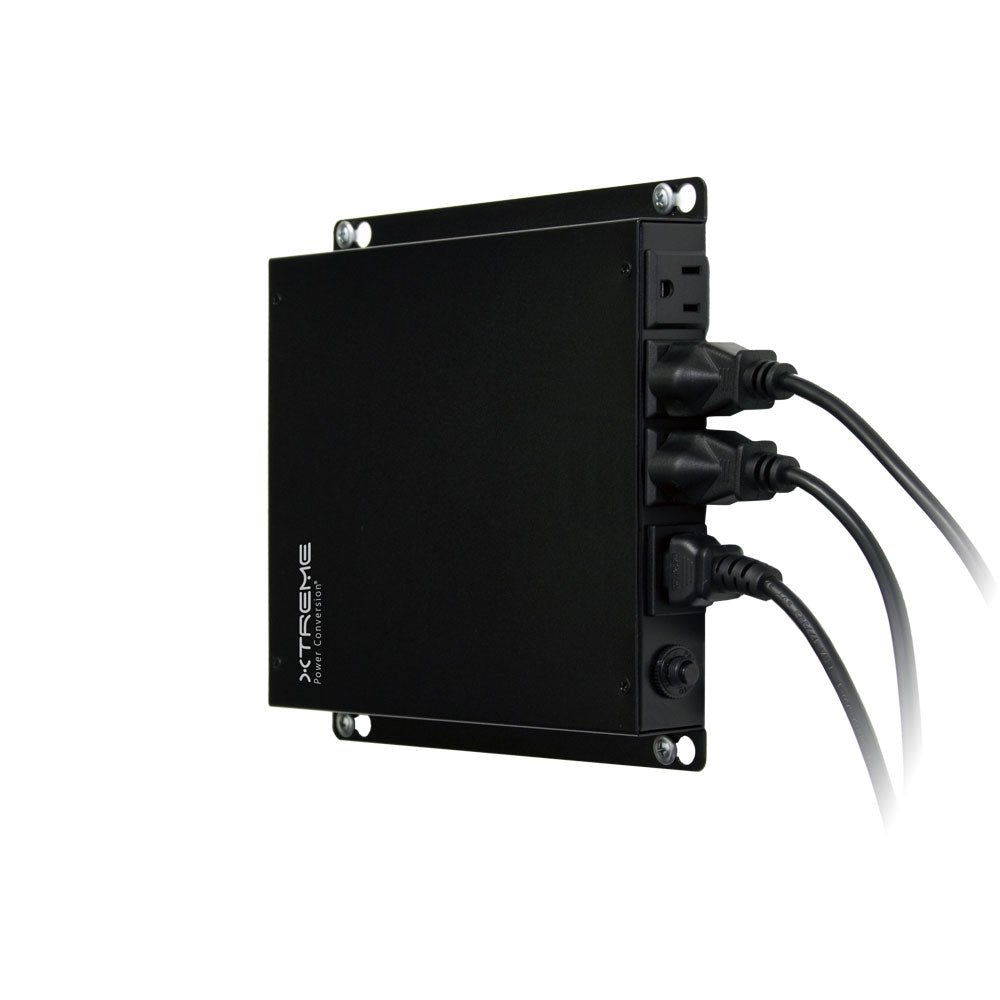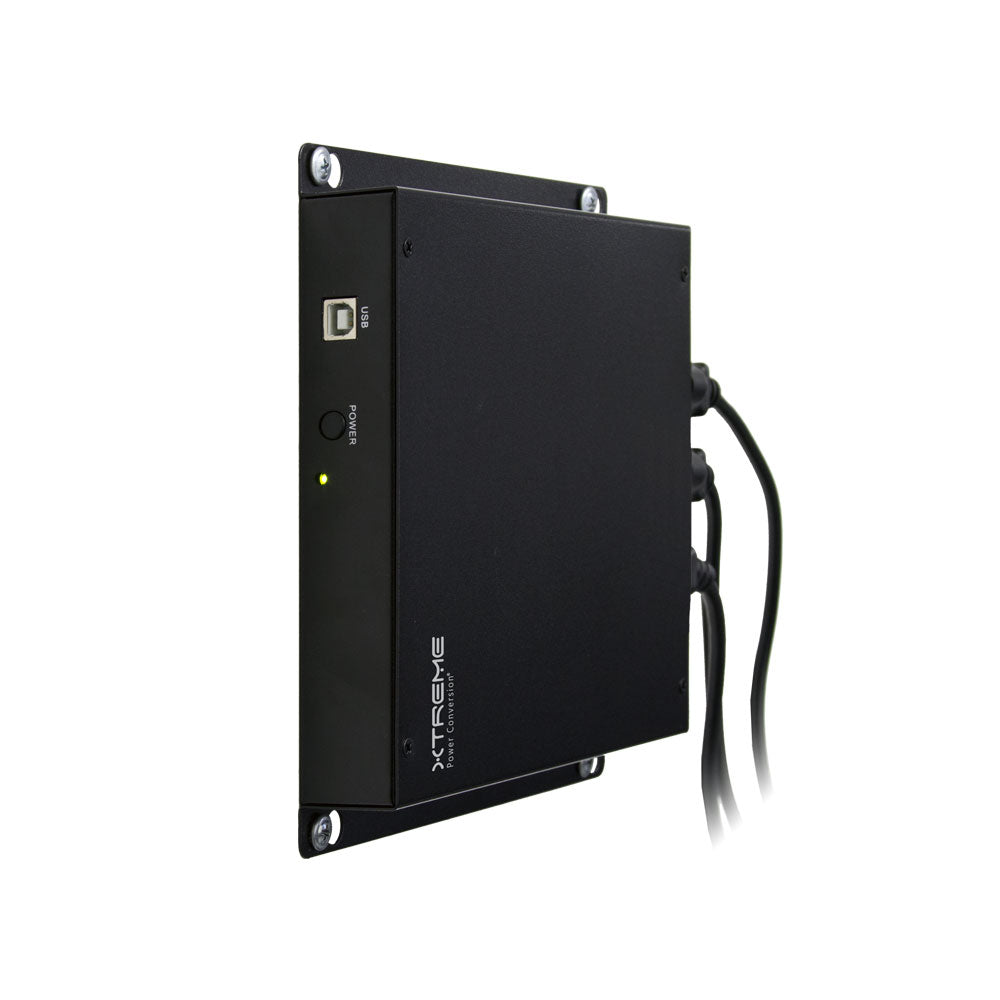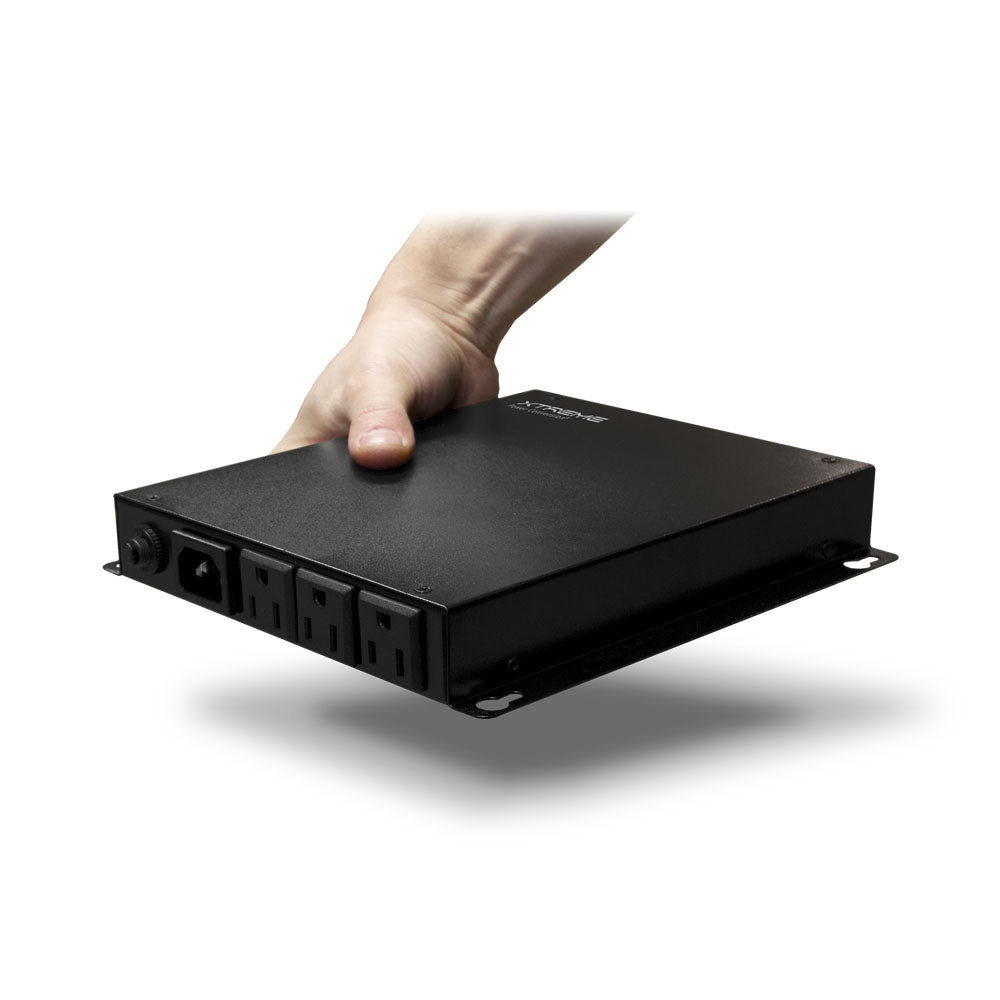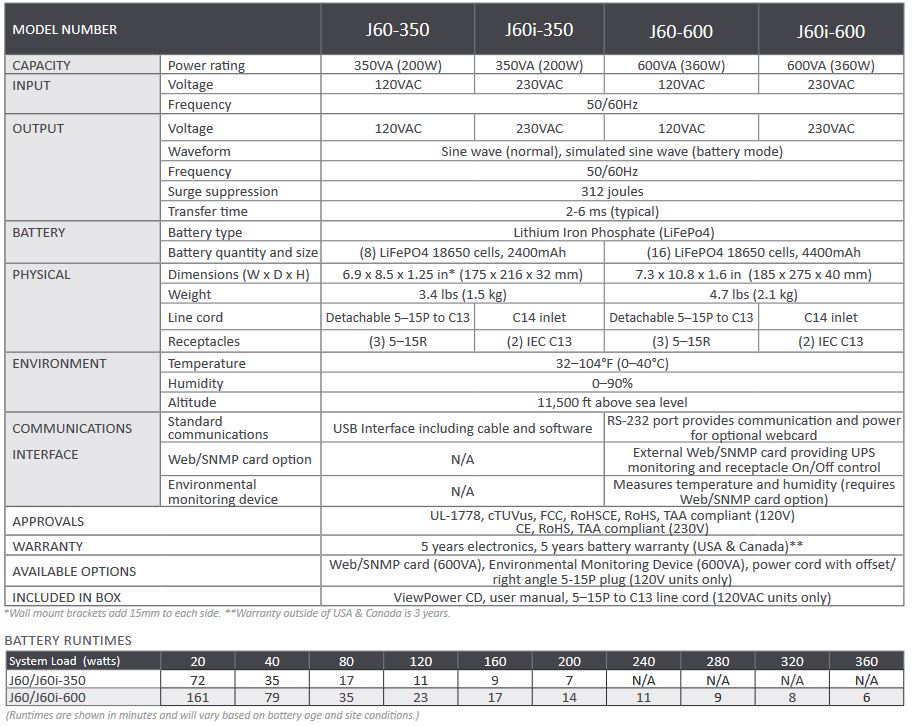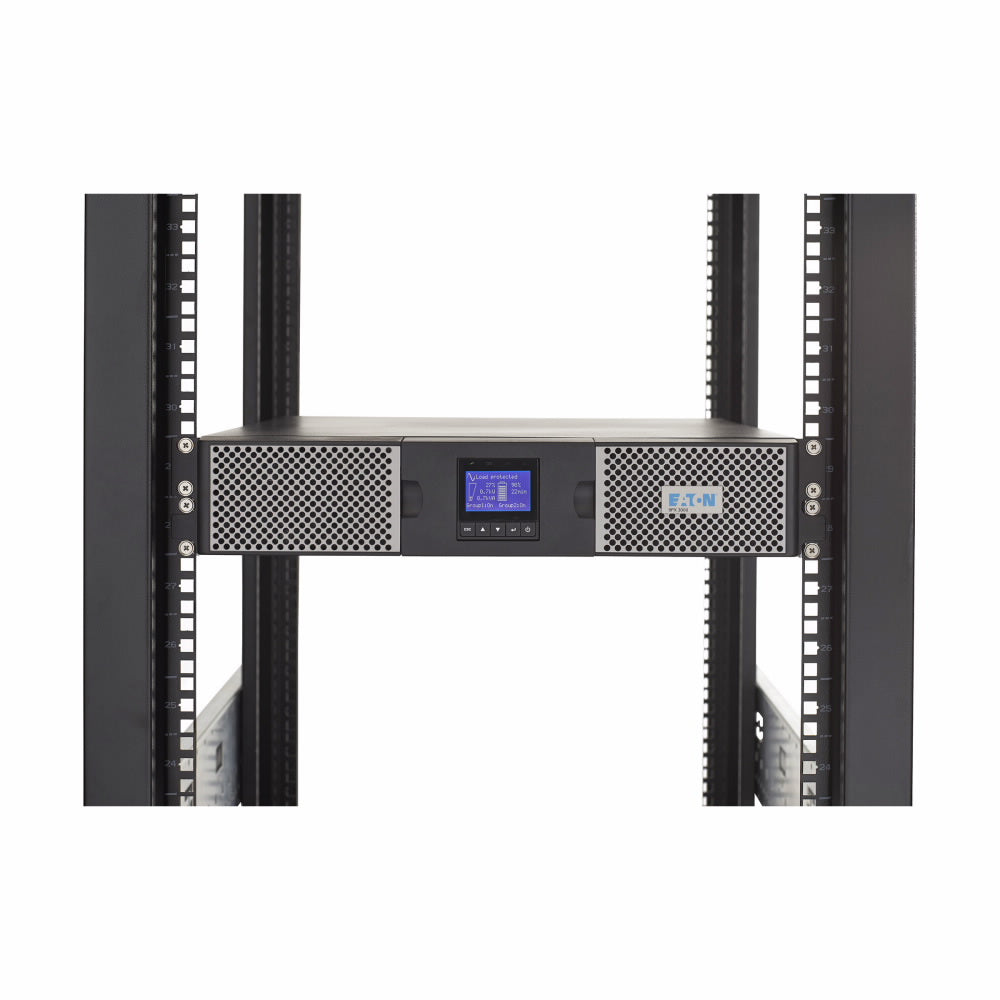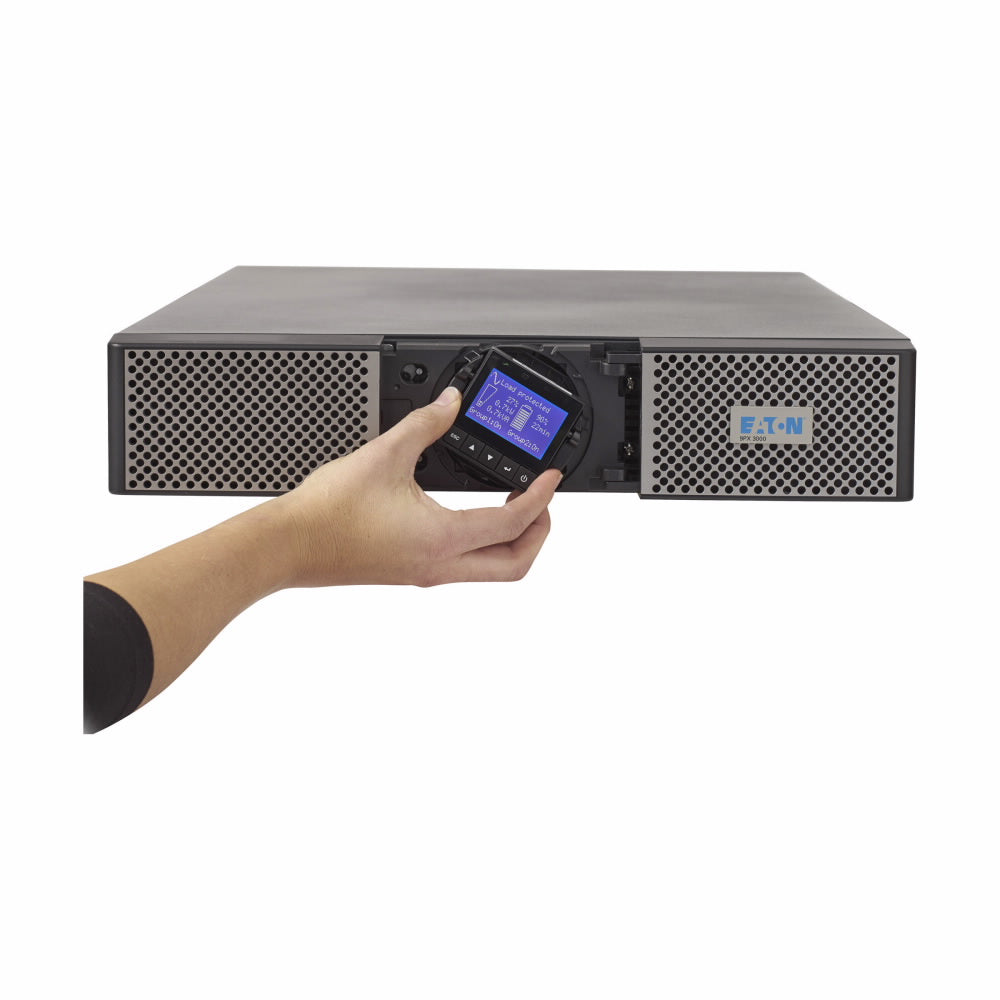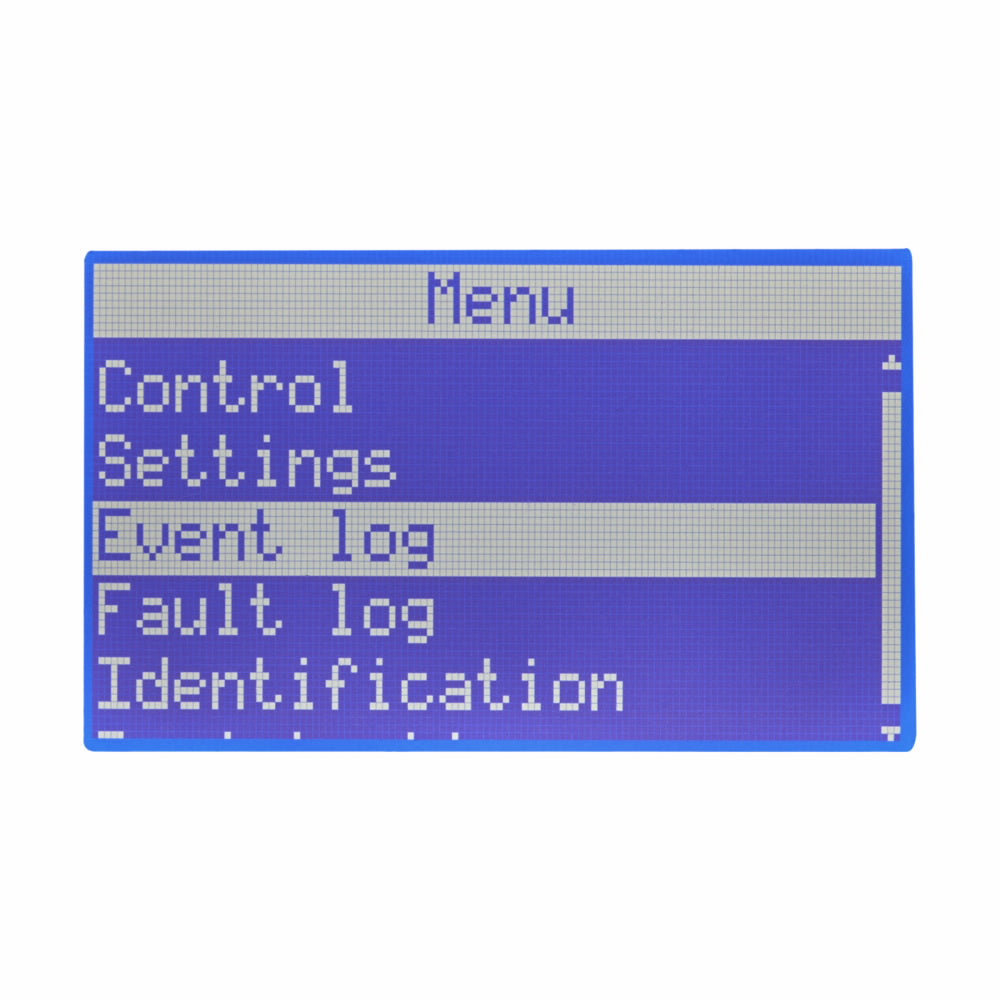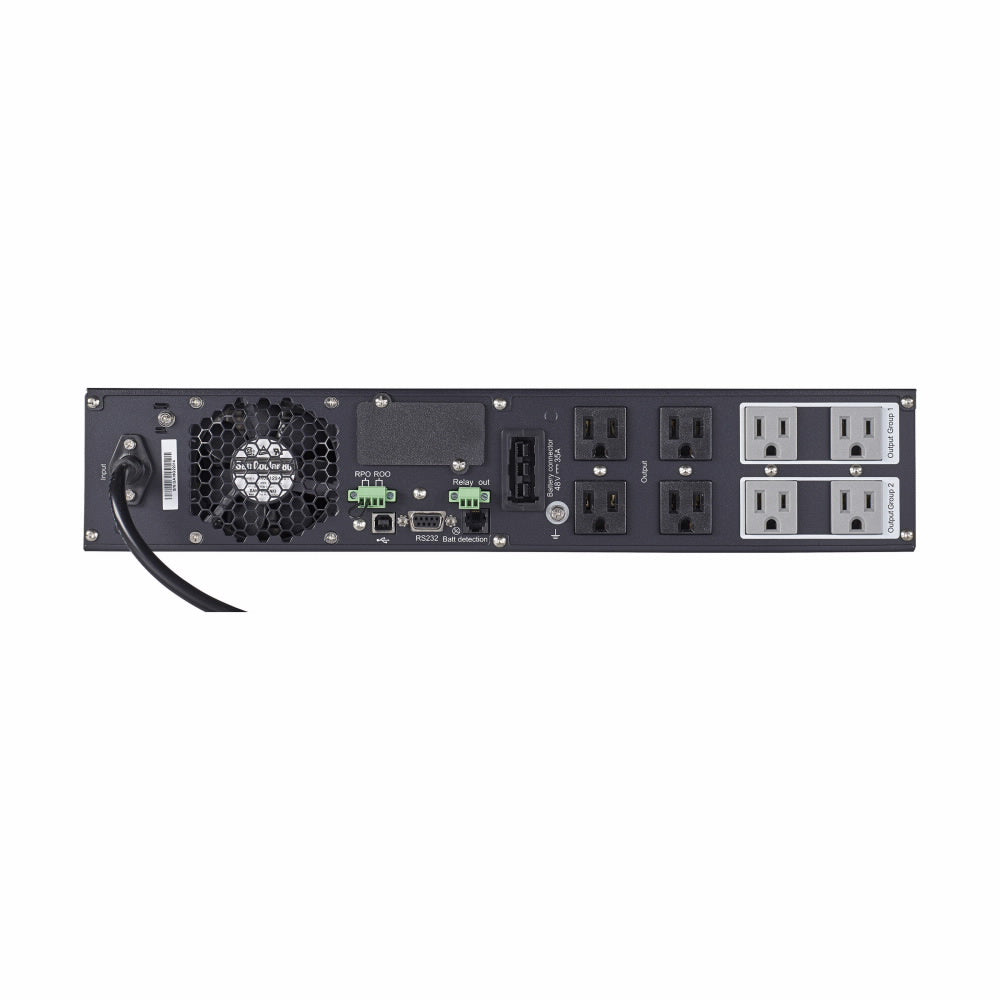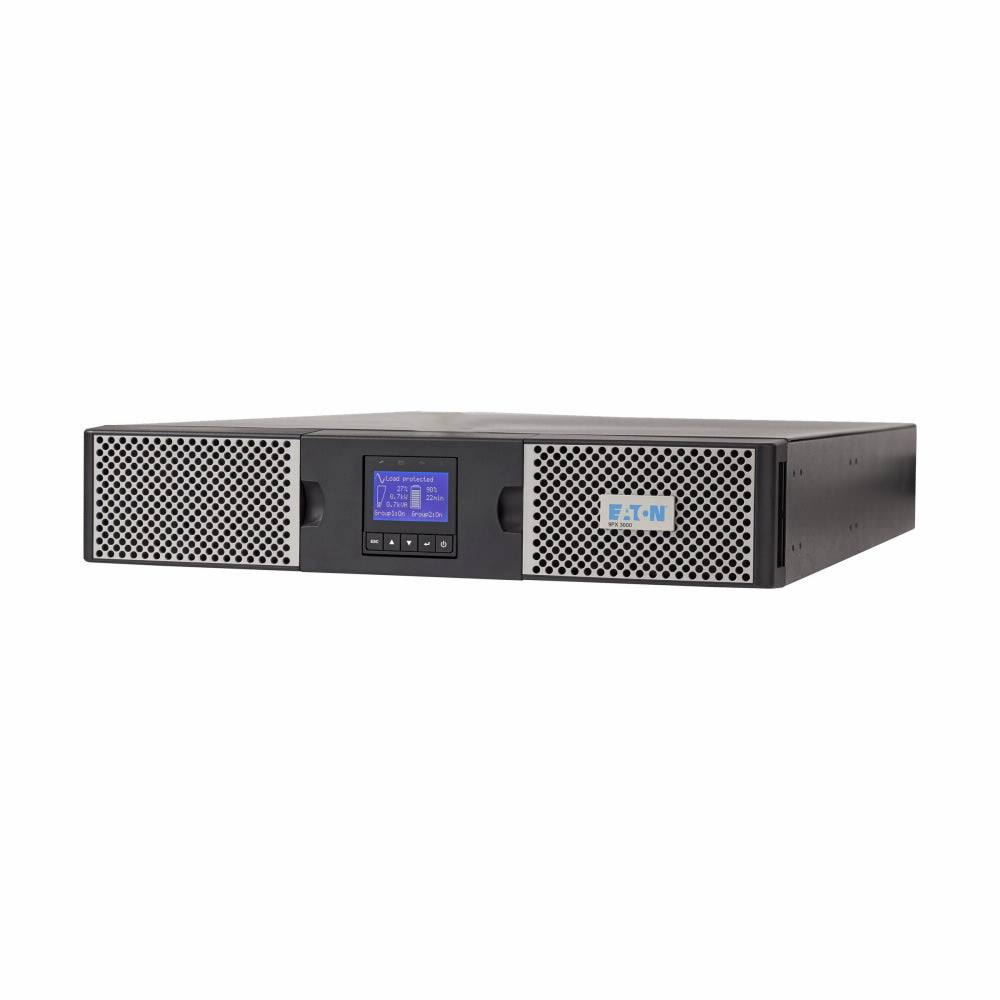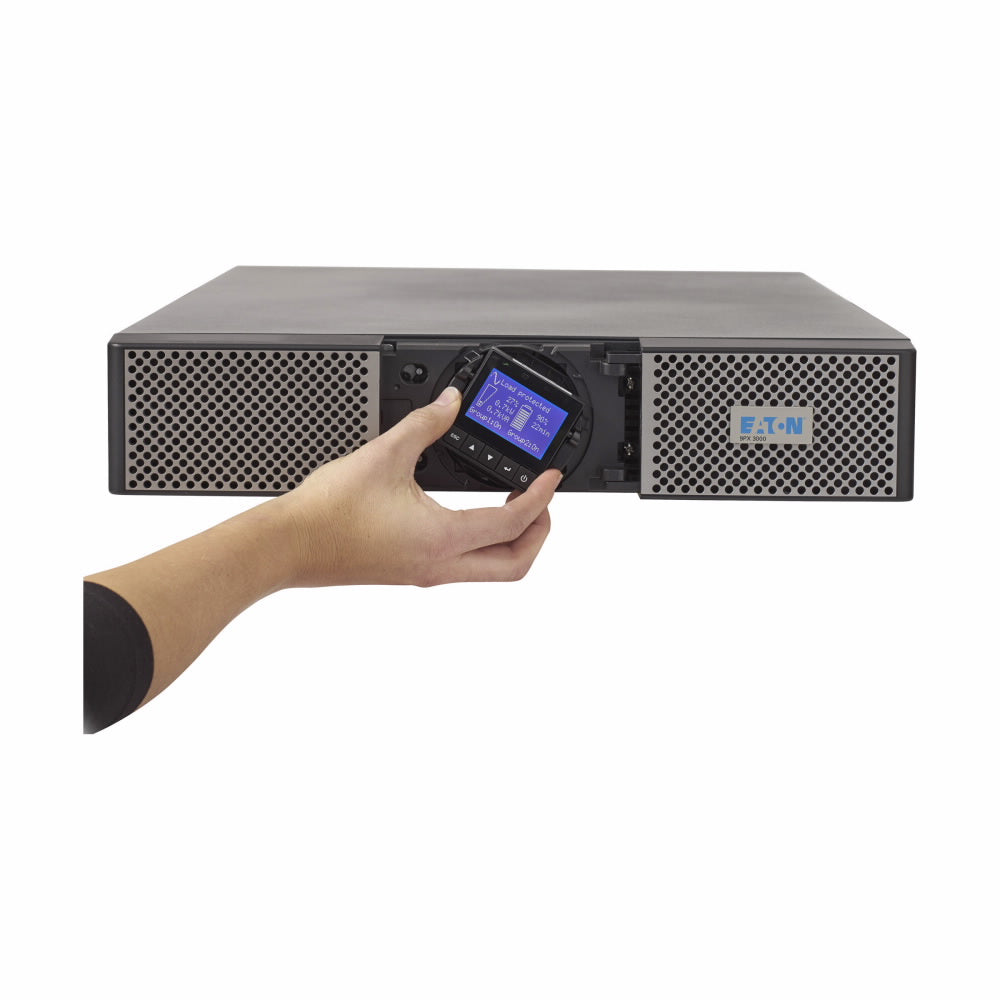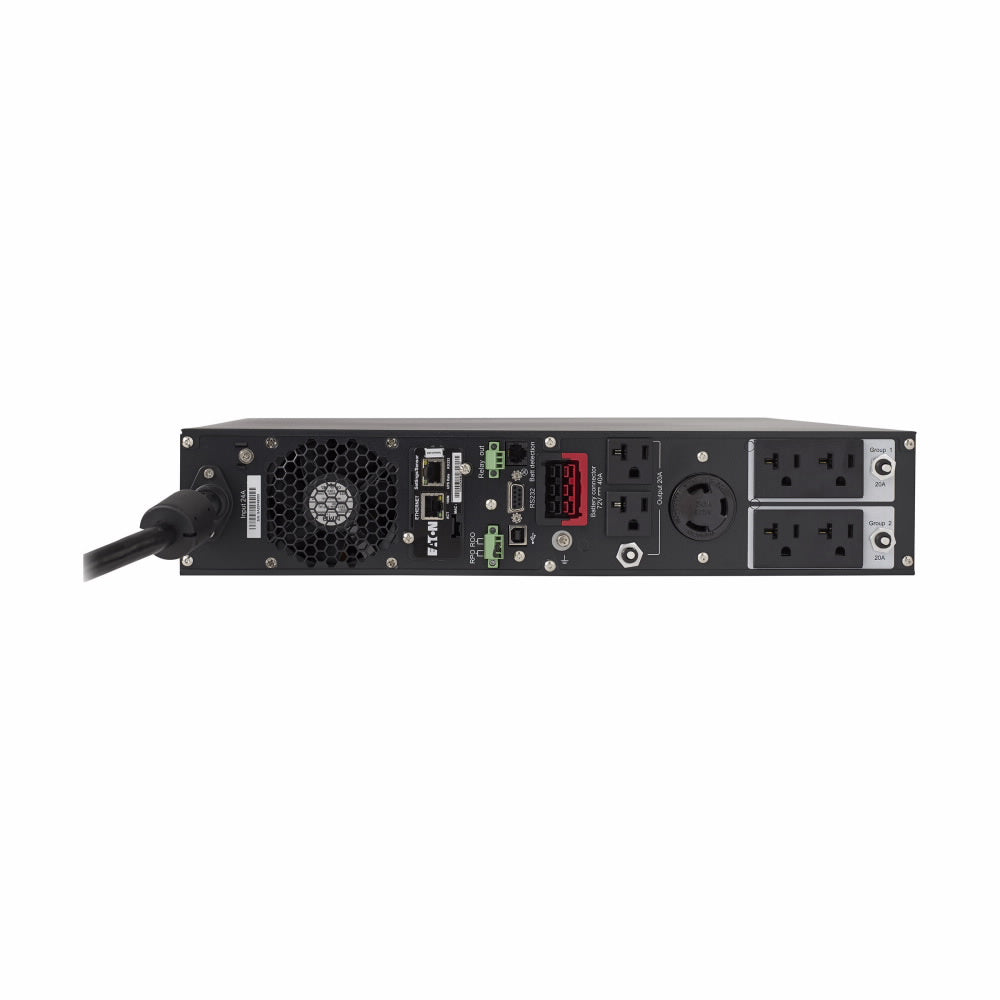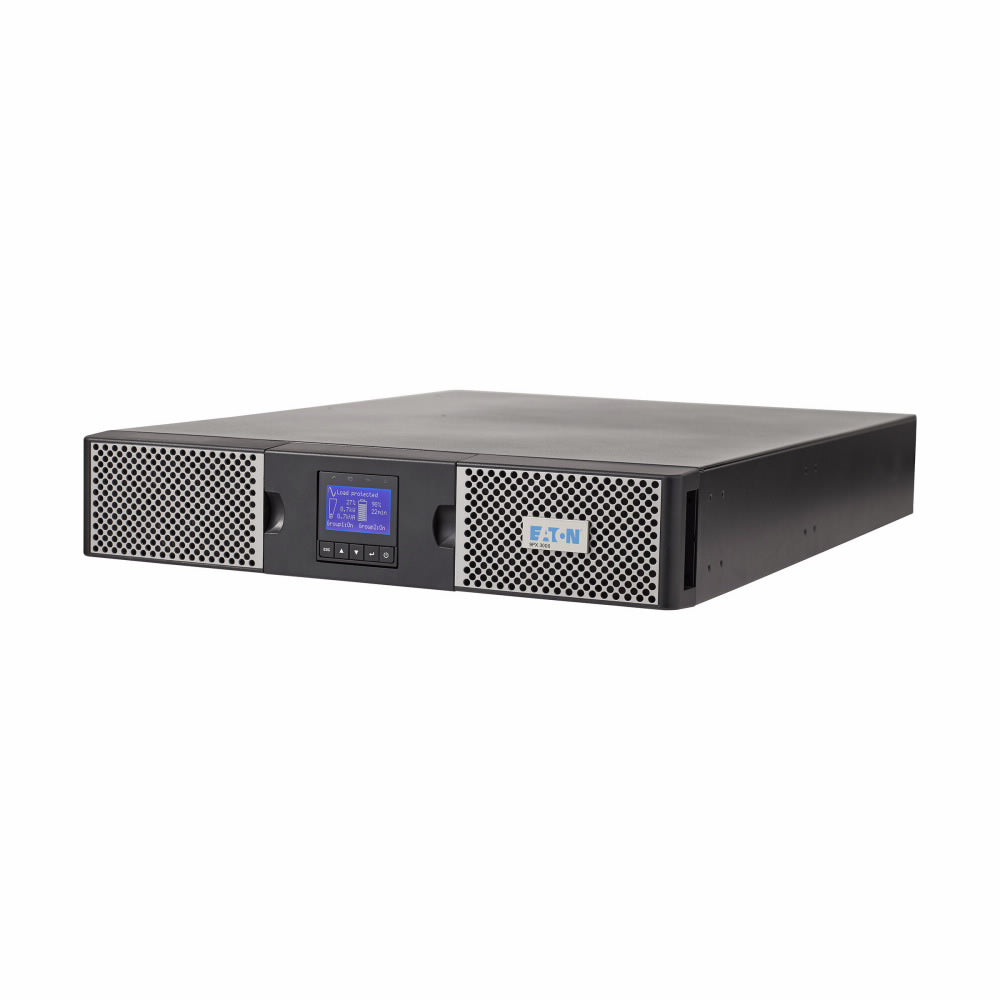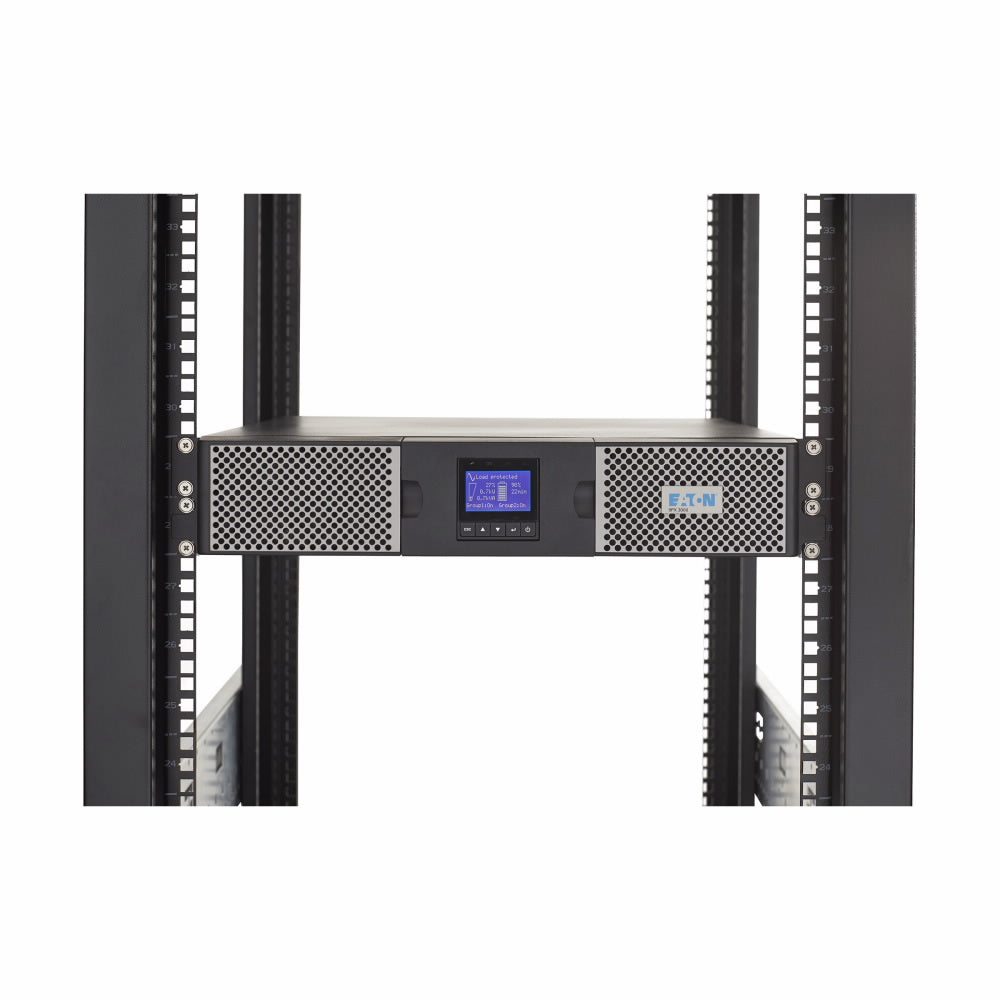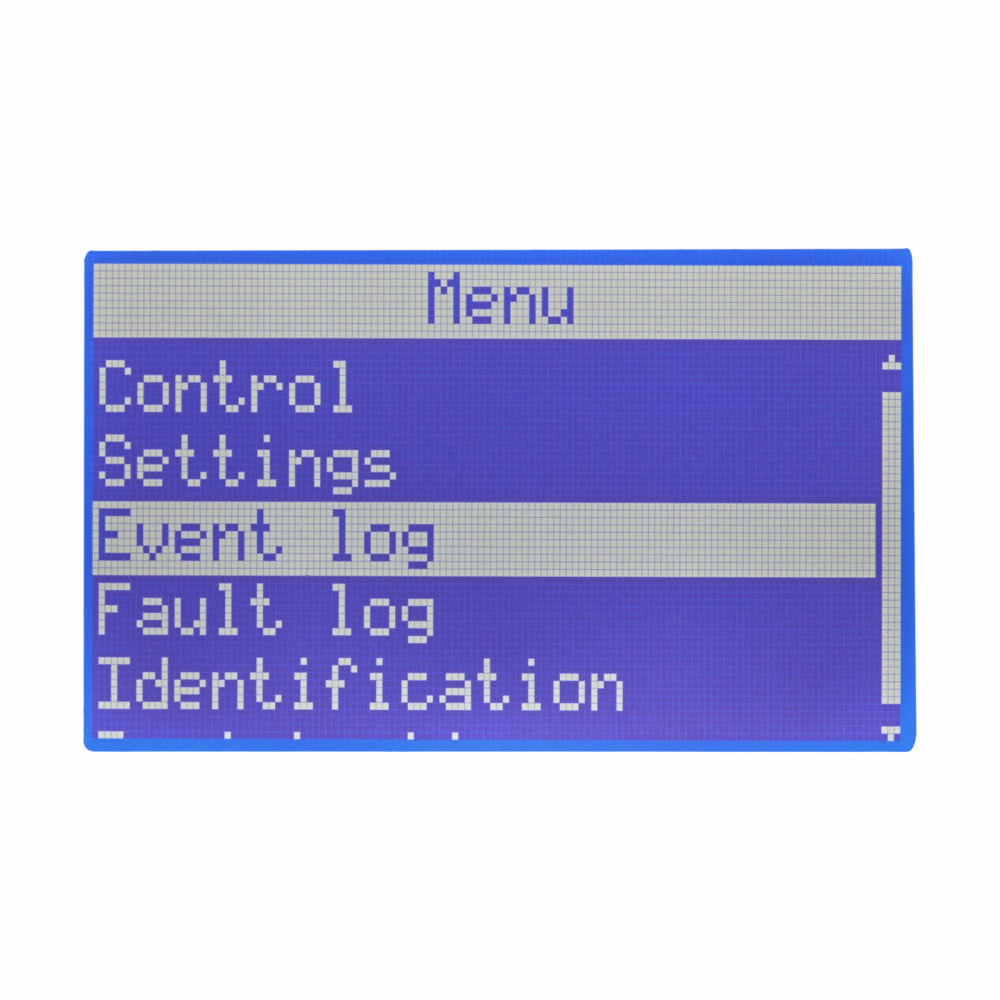When temperatures soar, the last thing you want is your uninterruptible power supply (UPS) giving up on you. Yet every summer, we hear the same story—IT managers, facility engineers, and healthcare administrators scrambling as systems crash, all because their UPS couldn’t handle the heat.
Let’s break down why your UPS may have failed during a heatwave—and what you can do to ensure it never happens again.
The Heatwave Breakdown: Why UPS Systems Fail in Extreme Heat
Heat is the silent killer of electronics, and UPS systems are no exception. Here's how high temperatures can cause failure:
Overheating Batteries
Batteries are the heartbeat of your UPS—and they're vulnerable to heat. For every 8–10°C (15–18°F) rise above 77°F (25°C), battery life is cut in half. Overheating leads to:
- Rapid chemical breakdown
- Reduced capacity and runtime
- Increased internal resistance, making charging inefficient
Insufficient Cooling or Ventilation
UPS systems placed in poorly ventilated rooms or near other heat-generating equipment can exceed safe operating temperatures fast. Without proper airflow or active cooling, components overheat and shut down.
Dirty Filters and Clogged Fans
Dust, debris, and neglected maintenance can choke the system—literally. Cooling fans and filters are often overlooked during routine checks, but during a heatwave, that neglect can cause catastrophic overheating.
Underrated or Overloaded Systems
When temperatures rise, power usage does too—AC units, fans, and cooling systems all draw more power. If your UPS is operating near capacity, it can quickly get overwhelmed.
Heat-proofing Your UPS: What to Do Before the Next Heatwave Hits
Prioritize Cooling Infrastructure
Invest in dedicated cooling systems or climate control for your UPS room. Use temperature monitoring sensors and alarms to detect hot spots early.
Schedule Regular Preventive Maintenance
Partner with a critical power specialist to inspect and clean filters, replace failing batteries, and check fan functionality. Don’t wait until summer—it’s too late by then.
Right-Size Your UPS
Make sure your UPS system is not just adequate for your regular load, but also has the capacity for peak summer demands. Include buffer capacity for HVAC, chillers, and other heat-related loads.
Install Remote Monitoring
Real-time data is a game changer. Modern UPS monitoring systems can alert you to temperature spikes, battery issues, and load concerns—before they cause failure.
Use Heat-Resistant Battery Options
Consider lithium-ion UPS options. They’re more heat-tolerant, last longer in higher temps, and recover faster from environmental stress compared to traditional VRLA batteries.
If It Failed Once, It Will Likely Fail Again
A heatwave shouldn’t be a power event. If your UPS failed once, it’s a red flag—not a one-time fluke. The good news? Every failure is an opportunity to improve resilience.
Don't wait for the next weather advisory to act. Whether you're protecting a hospital, data center, or industrial facility, your UPS is your last line of defense. Make sure it’s up to the challenge.
Need assistance finding the best battery backup system for your mission-critical equipment? Contact us, and let us know how we can help you today!




